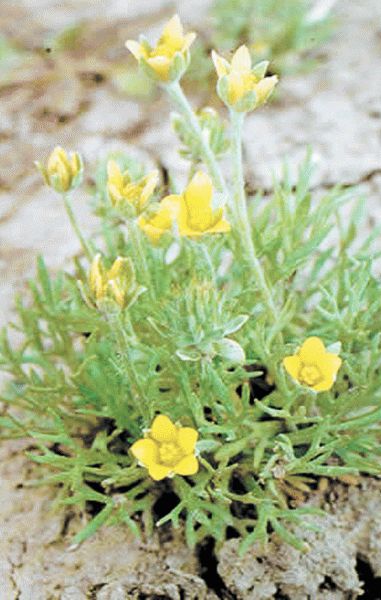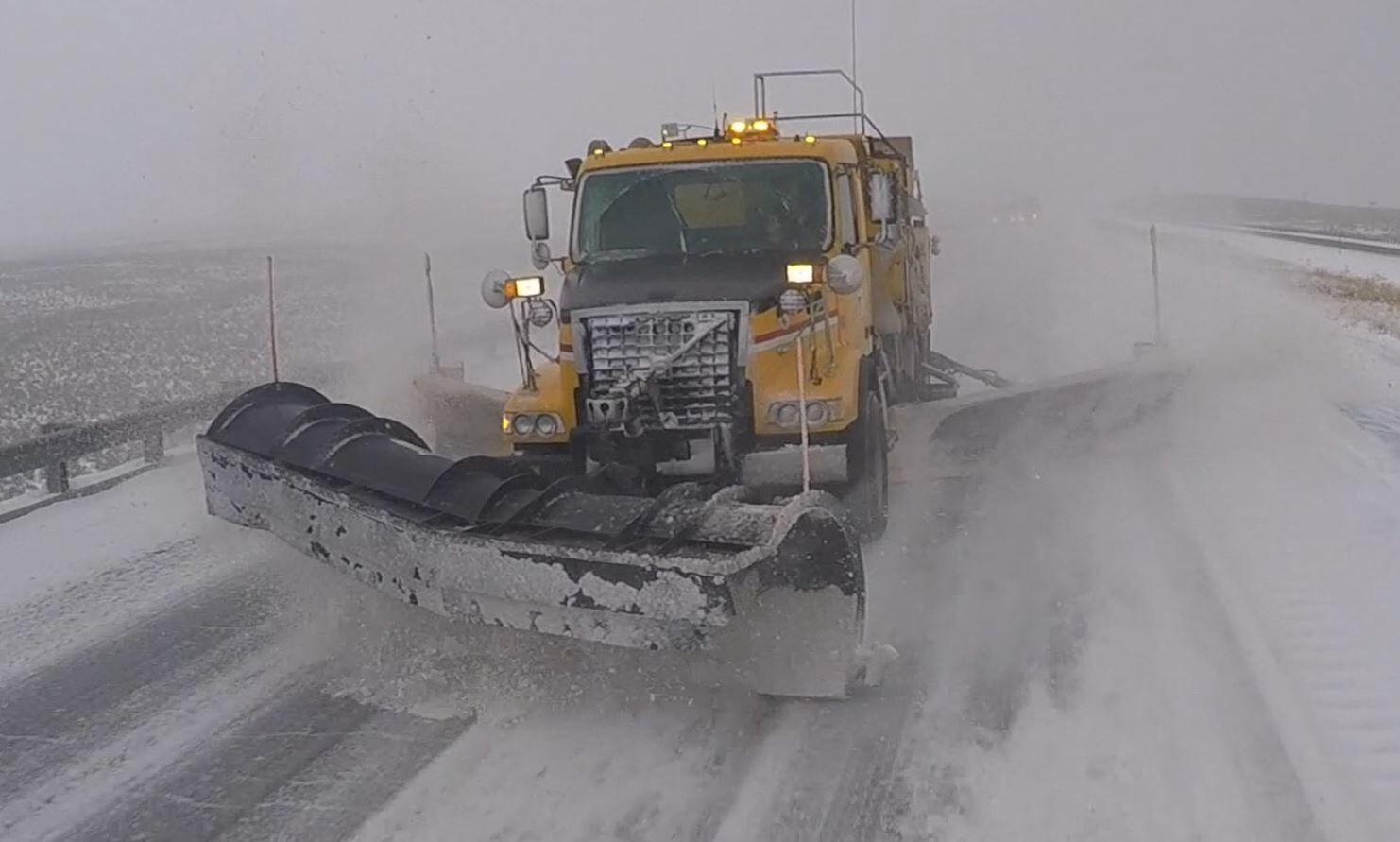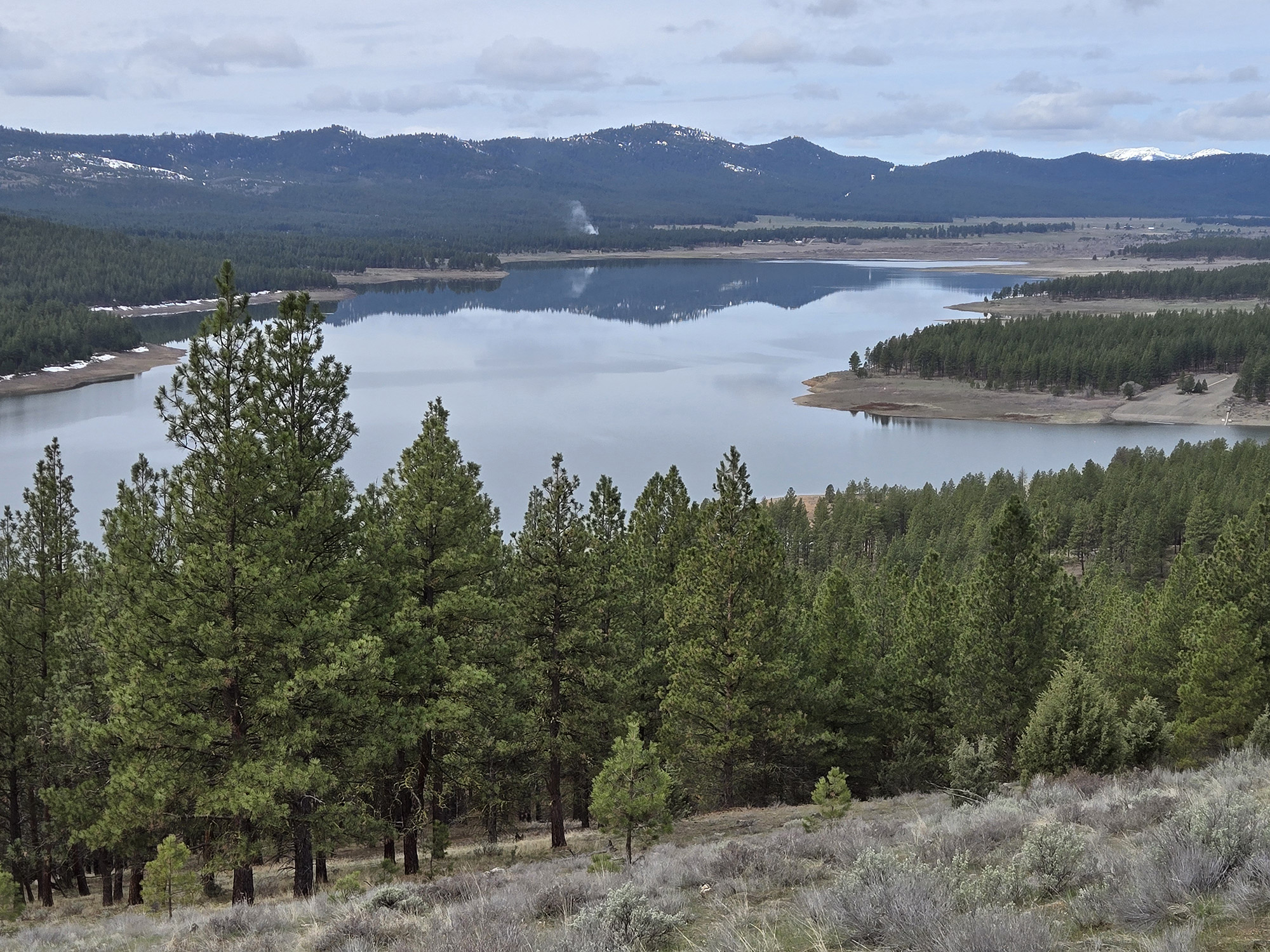Bur buttercup is not a welcome sign of spring
Published 2:06 pm Thursday, March 24, 2016

- Submitted photo The bur buttercup is one of the more unwelcome signs of spring. Now is the time to treat the noxious weed.
By Arnie Grammon
Trending
Baker County Noxious Weed Supervisor
While we’d all prefer crocus and daffodils to remind us of spring’s arrival, too often we’re confronted with bur buttercup instead. You can choose to ignore it at your own peril. Just don’t plan on going barefoot this summer.
In any case, conditions are perfect right now to treat this weed. As long as we have temperatures near 50 degrees Fahrenheit and low wind conditions, it’s go time.
Trending
Originally from Southeastern Europe, it is a member of the buttercup family and grows 2 to 5 inches in height. In early spring, bur buttercup sends up narrow-leaved stems tipped by solitary, yellowed-petaled flowers. By midspring, it forms solid, 3- to 4-inch-tall mats.
The real problem with this weed is seen later on in the summer when spiny seed heads appear. When the seed head dries out it becomes hard and sharp, regularly lodging in shoes, bare feet, clothing and even thin bicycle tires. It is also a nuisance with dogs and cats and actually can cause mild poisoning when they try to clean their paws.
Bur buttercup can also be toxic to livestock, especially sheep and horses. Problems usually arise when animals are dry-lotted. When there is little alternative forage present, it forces animals to consume large quantities of this weed. In most cases, a lack of general health within the herd is the result, although mortality is not uncommon.
This weed is found primarily on disturbed sites, but can also spread out onto range and pasturelands with sufficient spring moisture. Bur buttercup can also quickly spread into sagebrush range ground, occupying sites once held by native forbs and grasses.
Bur buttercup can be controlled, but action is needed before it flowers and drops seed. In its late-winter seedling stage, it’s susceptible to foliar-applied herbicides like glyphosate, Weedmaster, or 2,4-D. Use glyphosate (Roundup is a common brand) only as a spot-treatment on driveways and similar areas, as it will kill nontarget, preferred vegetation if not careful. As always, read, understand and follow label directions when applying herbicides.
See more in Monday’s issue of the Baker City Herald.









